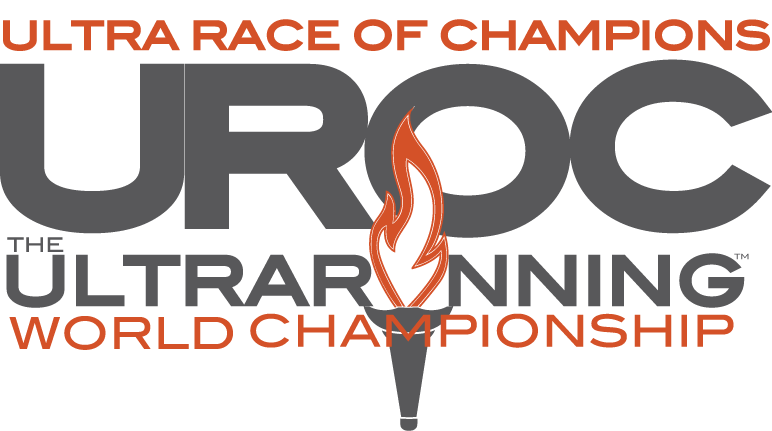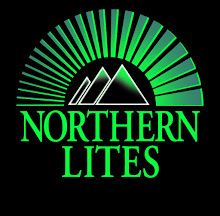At midnight in a hot, stuffy Hawaiian jungle last week, I found myself bonked (in case you’ve never “bonked” in a race, it’s not good) and slightly delirious after 80 miles of running over steep, rocky, rooty terrain. Things had gone well for the first 75 miles of the HURT 100, known widely as one of the toughest mountain ultra runs around. It wasn’t a walk on the beach by any means, and in a semi-coherent state I found myself grasping for a seam-sealed packet of SPAM at the mile 80 aid station. Thankfully, my loving wife, who’d been out there crewing all day still had her wits about her, steered me away from that particular snack.
As I talk about in The Ultra Mindset, I have spent a lot of time over the years “thinking about my thinking” (Mindset 5). I was mentally primed and ready for battle going into the HURT 100. Think about your thinking: check. Unfortunately, however, I made the mistake of not thinking enough about my eating. And when you don’t think about your eating in a hundred-miler, you soon find yourself moving like a slug, thinking foggily, and considering options like SPAM.
My poor fueling at HURT was probably a combination of lack of heat/humidity preparation, rookie mistake made by a seasoned veteran, and my lifelong trend of eating out of convenience rather than purpose, even more so in daily life than in racing. I've planned well for most races, but day to day have simply focused on "eating healthy," which until now meant the standard athlete's diet of high carbs, low fat, and probably too much processed food for convenience.
Every failure is a chance to learn, and my big take-away from a 5th place tie at HURT (not terrible, but also not what I was shooting for) is to start eating with intent, day in and day out.
Some people call it a DIET. I call it an EAT IT.
Rather than stressing about all of the things I “can’t eat but want to” (diet mindset), my plan--and the first few days of it have been excellent--is to simply decide and explore what I should eat and then, well, EAT IT. No stress, all learning, just do it.
The basic guiding principle for my exploratory EAT IT is called Optimized Fat Burning (OFM). In a nutshell, the hypothesis is that by eating less carbs and more fat, an athlete can encourage his or her body and brain to burn fat (rather than carbs) throughout the day and also at high working capacities. In addition to encouraging a nutrition plan that focuses in on veggies and healthy fats, OFM pulls us away from processed junk and the traditional high carb eating program for athletes. Hopefully, for the next 100-miler, it will generate an efficient engine than can run on less of the race foods that created problems at HURT.
That’s the idea, and I’m excited to see where it goes. I’ve already enlisted my friend and ultrarunning pro Jason Schlarb, who’s been crushing it out there on his own low-carb EAT IT, for help.
Fail, learn, ask for help, get better--that’s the ultra mindset.
Thanks for reading,
Travis
PS- I was thankful, as always, for sponsorship at HURT that provided the best running stuff out there.
The HOKA Stinson 3 ATR and injinji Trail 2.0 toesock kept my feet happy all day. No blisters, no shoe changes, nice and simple.
AYUP makes the best lights out there. One volunteer told me he thought I was an ATV coming up the trail!
________________________
Travis Macy
High performance consultant
Endurance athlete and coach
Author, The Ultra Mindset:
An Endurance Champion's 8 Core
Principles for Success in Business,
Sports, and Life
(with John Hanc, Da Capo Press, spring 2015)
www.travismacy.com
@travismacy















